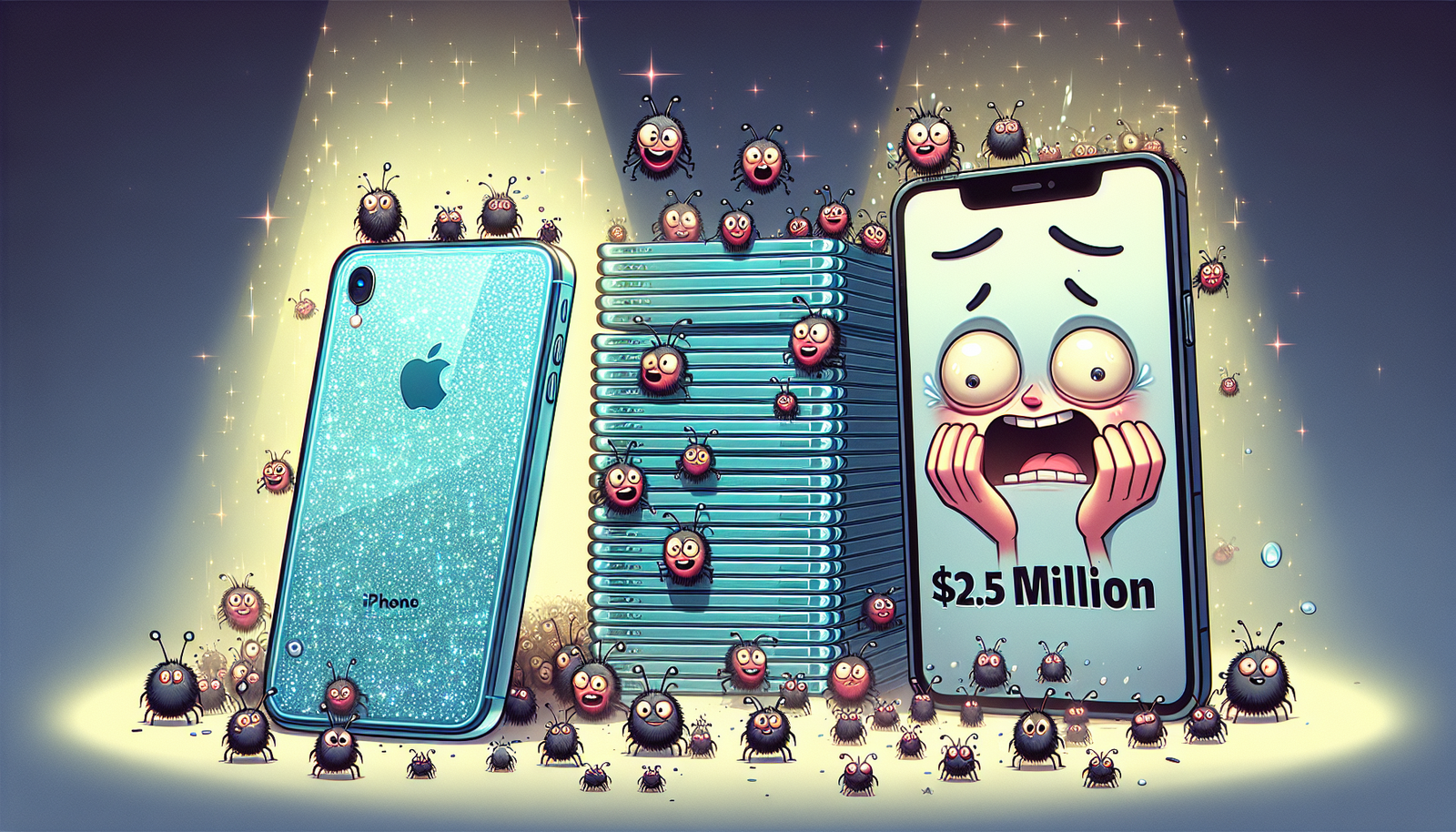Apple Scammed: $2.5 Million Loss to Counterfeit iPhones
In a shocking revelation, two men, Haotian Sun and Pengfei Xue, have been sentenced for their roles in a sophisticated scheme that defrauded Apple out of approximately $2.5 million by replacing counterfeit iPhones with genuine devices. The U.S. Department of Justice reported their sentences this week, outlining how the pair, along with their co-conspirators, executed this elaborate plan between 2017 and 2019.
The Scheme Unveiled
Sun, aged 34, received a sentence of 57 months in prison, along with an order to pay more than $1 million in restitution to Apple. Xue was sentenced to 54 months and required to pay $397,800 in restitution, alongside both men facing three years of supervised release. Both will surrender additional thousands as part of the judgment.
Central to the scam was the trickery that enabled Apple to mistakenly accept fake iPhones returned for repair. The perpetrators manipulated serial numbers and International Mobile Equipment Identity (IMEI) numbers to mimic real customers, relying on Apple’s warranty policies, which provide a one-year coverage for iPhones that may have defects.
Law Enforcement’s Response
The ruse was detected thanks to an Apple investigator who alerted law enforcement. As detailed in a 2019 affidavit from postal inspector Stephen Cohen, authorities monitored packages and found thousands of counterfeit phones shipped from China to Apple for repairs. These fake phones were often either out of warranty or comprised of counterfeit parts, yet Apple believed them to be legitimate devices requiring service.
Cohen elaborated on the loopholes in Apple’s fraud prevention measures, explaining that the scammers circumvented restrictions by using different names and addresses, as well as accessing multiple mailboxes for shipments.
Evidence and Investigations
Both Sun and Xue were identified after federal agents intercepted packages addressed to various aliases connected to them. Rather than making immediate arrests, investigators tracked the flow of packages and compiled comprehensive data on the IMEI numbers, which they later cross-referenced with records from Apple. This process revealed extensive fraudulent activity linked to the two men, with Sun allegedly submitting over 1,000 repair requests under various email addresses, some registered in his name.
Indeed, law enforcement stepped up their efforts, conducting stakeouts and even sifting through trash outside the suspects’ homes to gather evidence. Apple’s cooperation in verifying the authenticity of faulty IMEI numbers and serials was also crucial for the case.
Final Thoughts
This case highlights the vulnerabilities in warranty fraud detection systems and the lengths to which scam artists will go to exploit them. It serves as a reminder for both consumers and companies to remain vigilant against counterfeit products infiltrating legitimate systems.

